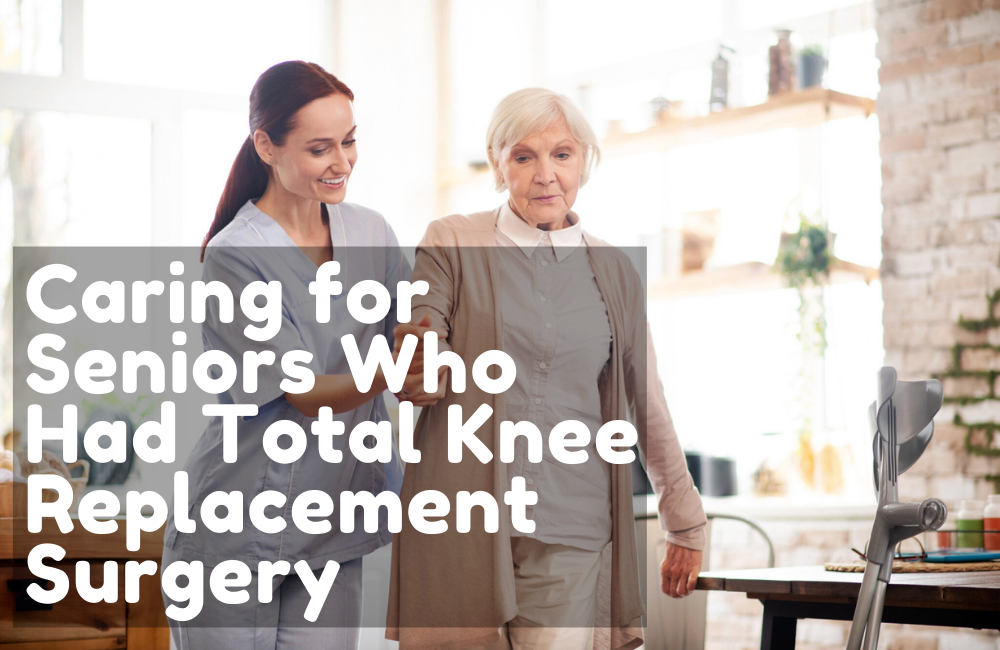Medical procedures and treatments are more advanced than ever. Just a few decades ago, there was no way that you could have knee replacement surgery. Now, if you are experiencing pain when walking and feel limited when you move your knee joints, it is possible to go in for treatment and surgery that will set everything to rights.
The chronic pain of osteoarthritis is one of the common reasons why patients undergo knee replacement. Unfortunately, the surgery has associated risks like infection, implant failure, pain, and swelling around the affected area. So, after the surgery, patients need to spend quite a bit of time in the recovery room, where they will undergo further monitoring and evaluation.
Depending on their response to the surgery, patients can expect to stay in the hospital between one to three days. But if the patients’ home will be a challenge for their overall recovery, the doctor would have to turn them over to the care of recovery and rehabilitation professionals.
Read on to know more about how to help manage senior patients who had total knee replacement surgery and want to recover at home.
Tips In Managing Older Adults After Knee Replacement Surgery
If a family member or loved one has undergone knee replacement surgery, follow these tips below to ensure a safe and healthy recovery process.
1. Let Them Abstain from Certain Activities
Although the patients may feel that they can already do certain tasks after the surgery, therapists advise senior adults to avoid long-distance walking, squatting, jumping, or any movements that can lead to inflammatory or sharp pain. An injury in the new joint can result in additional and complicated hospitalization and treatment.
2. Consult for Physical and Occupational Therapy
Once the senior adult who underwent knee replacement surgery returns home and possibly receives hospice care, their surgeon will prescribe outpatient therapy services. The therapy could be focused on occupational therapy, physical therapy, or a combination of the two depending on the surgery response of the patient.
Physical and occupational therapy differ in terms of their purpose in outpatient care. Physical therapy focuses on restoring the full range of the knee joint and strengthening the knee muscles. In contrast, occupational therapy targets the daily activities affected by the knee replacement. Occupational therapy will provide ways for restoration through engaging the patient in exercises and adaptive changes through making home modifications.
3. Make Home Modifications
Since you know that patients who had the surgery are not quite strong enough to do specific tasks, it is essential to make some home modifications to ease the weight they will be placing on their knee joint.
Home modifications include wheelchair ramps, toilet riser, grab bars, non-slip mats, shower benches, removable shower heads, etc. Therapists will help by thoroughly assessing the patient’s needs and advising you on your home modifications.
Final Thoughts
As medicine becomes more advanced, so do solutions for a patient’s recovery. Tons of ways are available to speed up the healing process of their knee from the surgery. You can coordinate with home health care agencies to help you with all your needs regarding recovery and physical therapy.
If you are in need of expert elderly care in California, Bridge Home Health & Hospice is an excellent choice. We offer home-based patient care from therapists and clinicians, with services like physical therapy, occupational therapy, speech therapy, and skilled nursing. Call us today for more information.

